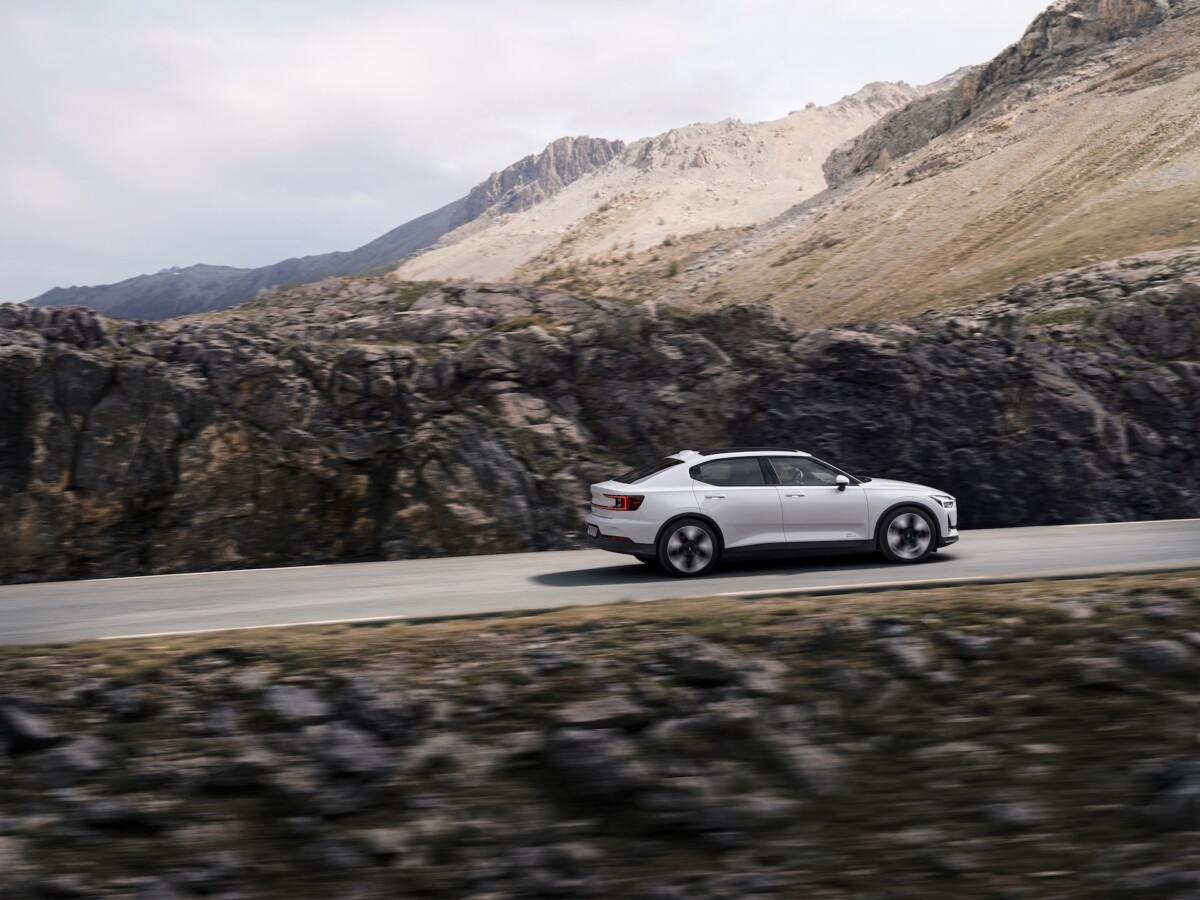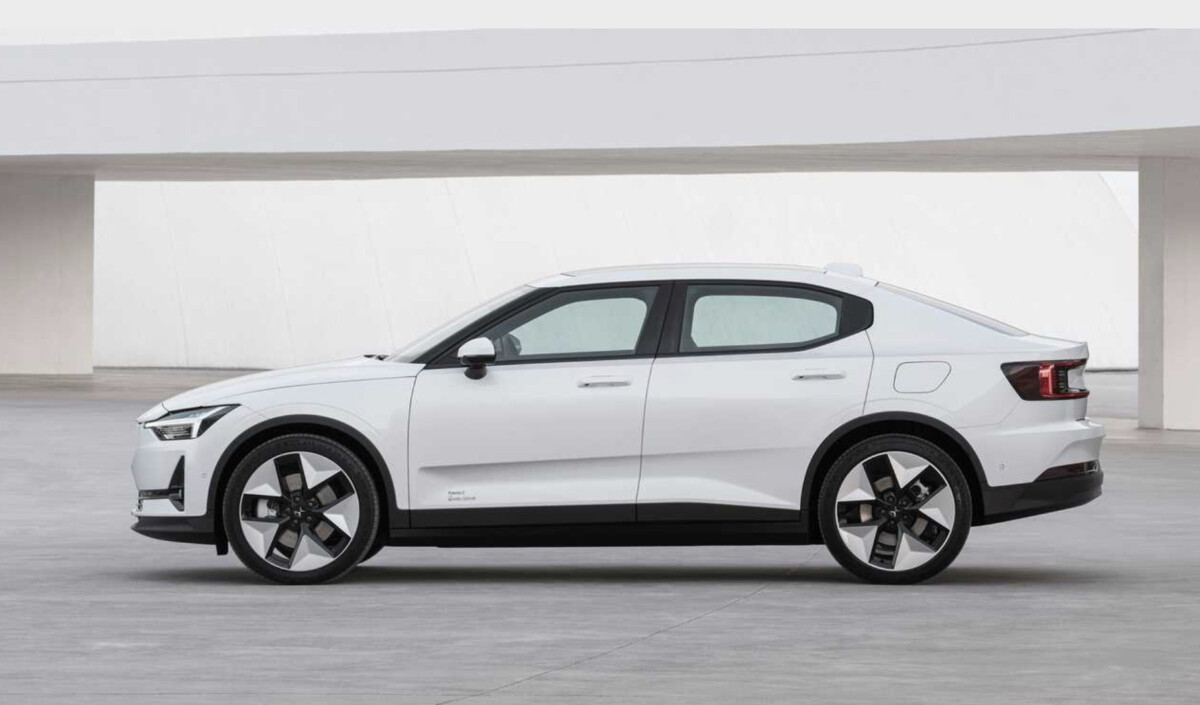Polestar has decided to offer some improvements to its Polestar 2 sedan. Among them, increased autonomy and lower fuel consumption. Enough to thrill Tesla, which is slowly preparing the restyling of its Model 3. Which however remains the queen of consumption.
If Polestar brand cars are still not marketed in France, despite the agreement reached with Citroën, they continue their life on other markets. At the start of the year, the Swedish firm lifted the veil on its restyled Polestar 2. A new version offering increased autonomy as well as a slightly reworked design.
Even more autonomy
At that time, the manufacturer then announced no less than 635 kilometers according to the WLTP homologation cycle. A very promising data, which can be achieved with the Long Range version, which has an 82 kWh battery (compared to 79 kWh previously). This is provided by the Chinese giant CATL, which will now manufacture its products on European soil.
But that still wasn’t enough for Polestar, which decided to offer further upgrades to its electric sedan. In a press release, the manufacturer, which belongs to the Geely group like Volvo or Lotus, announces that it has made some further improvements to the “2”, in order to better compete with Tesla.

So, the electric sedan sees its autonomy increase compared to the version unveiled in January. Concretely, this means that she can browse up to 654 kilometers WLTP in its Long Range version with a single engine. The variant that has two sees its autonomy capped at 591 kilometers, which remains more than honorable. The Standard Range version has a range of 532 kilometres.
Very interesting data, which allows the sedan to better prepare for the arrival of the restyled Tesla Model 3, which is slowly preparing. For the record, the American sedan can travel up to 626 WLTP kilometers in its Long Range version. Be careful, because to reach this figure, you have to opt for 18-inch aero rims. Otherwise, the range drops to 602 kilometers.
A drop in consumption
But that’s not all, because the brand’s engineers have also reworked the sedan so thatit has lower fuel consumption. As a result, it is now down 9%, but the manufacturers do not detail the improvements that have been made to achieve this result. He simply mentions bigger batteries and new motors, without saying too much.
He also mentions software developments, no doubt via remote OTA (over-the-air) updates, while the brand’s cars are compatible with it, such as those of Volvo. It is therefore necessary to count approximately 14.8 kWh/100 kilometers for the Standard Range version and 16 kWh/100 km for the Long Range Dual Motor version, taking into account the losses linked to recharging. For comparison, the Tesla Model 3 has a theoretical consumption of between 14.4 and 16.5 kWh / 100 km depending on the version.
The superior autonomy of the Polestar 2 compared to the Tesla Model 3 is not explained by lower consumption, but by a larger battery capacity. Tesla retains the lead in energy efficiency.

There is no doubt that the restyled version of Tesla will further change this figure. If Polestar evokes charging time reduced by 34% compared to the old version, the power does not change compared to the version unveiled at the beginning of the year. Both Long Range variants can then collect up to 205 kW, while the Standard Range version with its 69 kWh battery is capped at 135 kW, which is not huge. To go from 10 to 80%, it takes 28 minutes for the large battery and 34 minutes for the smaller one.
As a reminder, the version launched at the start of the year required 34 minutes for the small battery and 28 minutes for the large. In addition, the engineers have also reviewed the architecture of the sedan, which becomes a rear-wheel drive in order to be more dynamic and fun to drive. It remains to be seen when these improvements will be available, and if the sedan will ever arrive in France.
The Watt Else newsletter is THE unmissable Numerama event dedicated to the mobility of the future. Register here!
